By TJ Grim, Ready 2 Respond Trainer
Facilities teams thrive on collaboration, especially during fast-moving situations like a 2 a.m. pipe burst or a malfunctioning sprinkler system. In these moments, clear direction and mutual understanding are critical to ensure safety, efficiency, and a coordinated response. When team members bring diverse cultural and linguistic backgrounds to the job, that diversity can strengthen problem-solving – but it can also introduce challenges in how information is shared and received.
With thoughtful strategies, facilities leaders can bridge these gaps and foster stronger team dynamics. Here are some of the most common barriers, actionable solutions, and the benefits of building inclusive, effective communication practices within multicultural facilities teams.
Common Communication Challenges in Multicultural Teams
Language Barriers – Even fluent English speakers may hesitate in high-pressure situations if it’s not their first language. Workers may feel hesitant to share ideas or clarify misunderstandings due to limited proficiency in the shared workplace language.
Cultural Differences – What’s considered helpful in one culture may come across as overstepping in another. For example, in some cultures, direct feedback or questioning a supervisor may be regarded as rude – while in others it’s seen as essential in team problem-solving situations.
Stereotypes – Assumptions about a team member’s abilities based on their accent, appearance, or background can quietly undermine trust and morale unless leadership models appropriate behavior.
5 Practical Strategies to Build Stronger Communication
1. Encourage Open Dialogue
Create a safe space for team members to voice their opinions and concerns. Begin by setting the tone in meetings, making it clear that all contributions, regardless of language proficiency, are valued and appreciated. For example, in daily huddles, emphasize that every observation counts, especially on complex or fast-paced water jobs. Invite input with simple prompts like, “Anything not looking right?” or “What’s one thing we might’ve missed?” This shows that all voices are welcome.
2. Use Multilingual Tools
Small tools can make a significant difference. Translation software or multilingual communication apps like Google Translate can help team members understand each other more easily. Consider posting equipment use guides in both English and Spanish (or other commonly spoken languages on the team). Also, ensure that training courses and videos are provided in relevant languages. For example, Ready 2 Respond® First Responder Training is now available in Spanish as well as English to help build water event response knowledge and skill levels of all team members.
3. Incorporate Cultural Awareness Training
Equip your team with the knowledge to appreciate and respect cultural differences. Investing in workshops or training sessions about global workplace etiquette can help employees better understand each other's values and communication preferences.
4. Standardize Where You Can
Checklists and shared templates for emails and project updates help everyone follow the same playbook. For example, use a set form for documenting daily moisture readings and drying status. When expectations are clear and repeatable, there’s less room for misinterpretation.
5. Show, Don’t Just Tell
Facilities work is often visual and physical – take advantage of that. Instead of explaining airflow angles verbally, draw it out on a whiteboard or demonstrate with equipment. This helps cross language barriers and speeds up learning on the job.
Why it Matters: The Payoff of Inclusive Communication
When communication flows smoothly, the advantages are immediate and impactful. Teams become more efficient, as fewer misunderstandings slow down tasks. Collaboration thrives, as employees from all backgrounds feel comfortable sharing innovative ideas. Improved communication also boosts morale, making team members feel respected and valued.
Beyond daily logistics, better communication leads to:
- Fewer rework orders due to misunderstandings
- Stronger retention, as team members feel respected and valued
- Better cross-training and skill sharing across the team
- Safer working conditions, especially during high-pressure responses
And when things do go wrong or get more challenging, a team that communicates well is quicker to regroup and recover.
Final Thoughts: Build the Team, Not Just the Task List
Effective communication is the backbone of any successful team, and multicultural facilities management teams are no exception. Start by evaluating your team’s current communication practices. Identify gaps, incorporate tools or training, and encourage active participation from all team members.
Contact R2R for help with implementing customized team training to enhance preparedness and improve communication and collaboration. For tips on drying after water damage, follow us on LinkedIn and subscribe to our Facility Insights newsletter.


Core Skills for Today's Facility Leaders
Case Study: Prisma Health Strengthens In-House Water Response